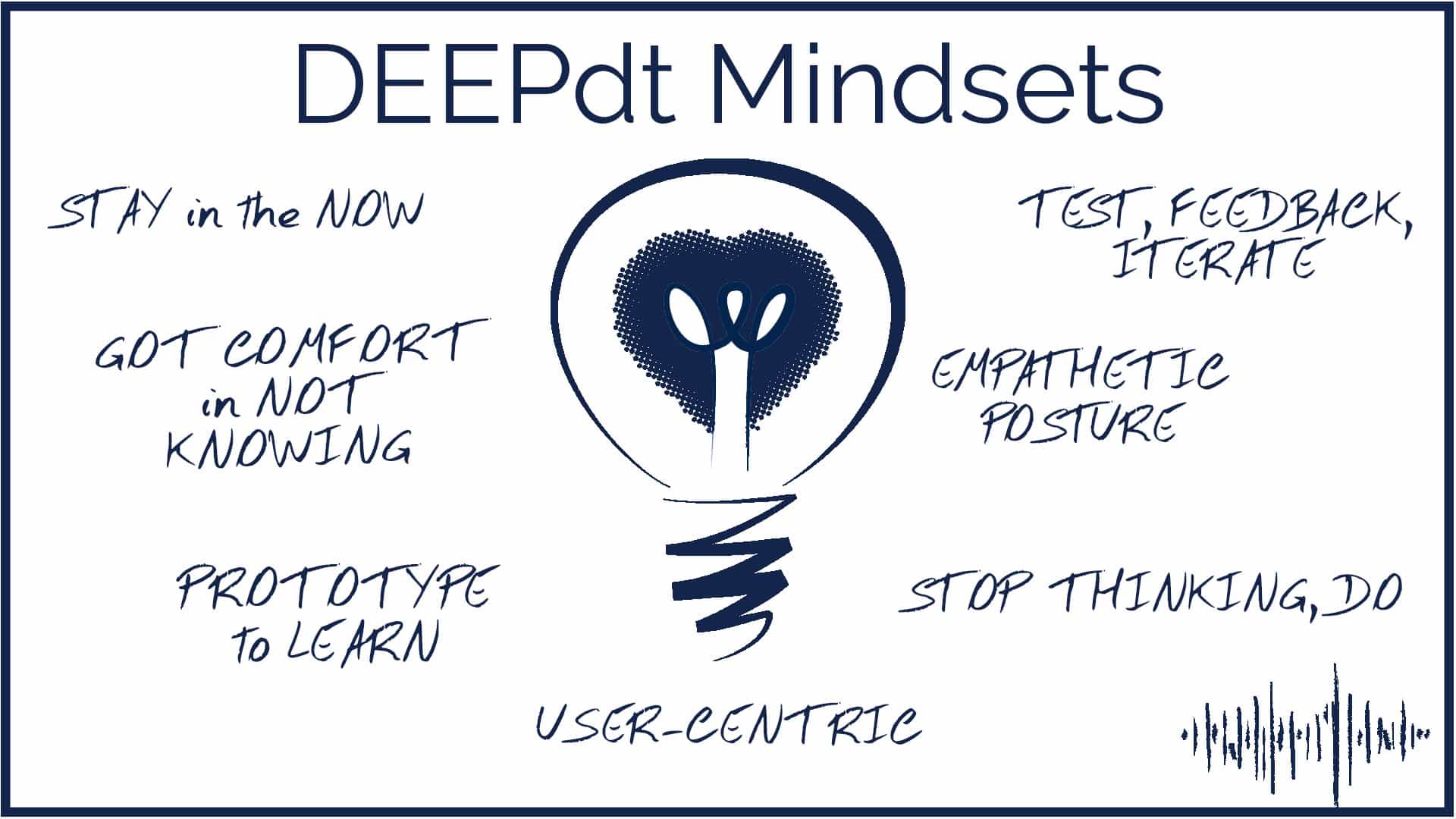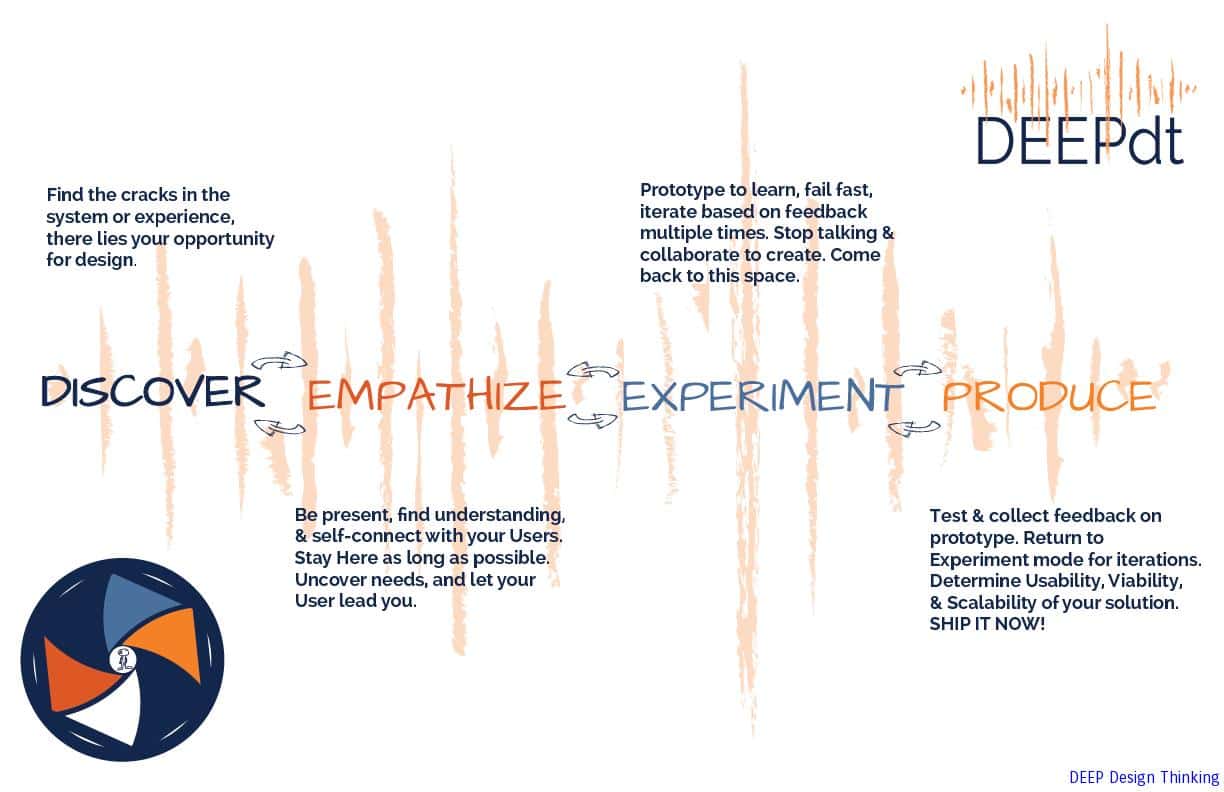Nurture the Designer (Mindsets matter) #DEEPdt
This morning a tweet caught my attention or better yet spurned a reply vs just retweeting or liking it. I acknowledged and replied to a tweet via Andrew Kauffman (not that big of a deal but sometimes I get to caught up in skimming my feed to stay in the know and I fail often not to engage).
Matchstick Puzzles https://t.co/UFqVYn4NiB another great way to start the day, collaboration and questioning!! @WickedDecent #dtk12chat pic.twitter.com/pXhnCegkC3
— andrew kauffman (@atkauffman) January 26, 2017
This tweet caught my attention because it was hashtagged #dtk12chat (a strong community 24/7 twitter feed of global K12+ educators and Wed. 9pm EST official chat). From an outsiders perspective, this matchstick puzzle exercise is not anything to do with #designthinking. Yet, it is very much part of the DT package. And Andrew knows this through his teaching of design thinking with his students. I find myself sometimes biting my tongue because I see so many "exercises" labeled design thinking which dilutes, waters down, buzzkills this whole pedagogy & methodology of design thinking. I bite my tongue because there are many out there that believe that by doing these "exercises" alone they are doing "design thinking." For the most part, its not their fault. There are "experts" in the EDU field that have told them this is DT.
I am not an expert in design thinking yet. I am always in constant learning mode and working on my DT mindset. And this is the point of this post. These exercises are part of the whole package when it comes to design thinking. These types of exercises nurture the designer and develops, encourages, shapes, and demonstrates their MINDSETS of design thinking. It is very important to practice in these spaces often (i.e. Marshmallow Challenge, 5 Chairs, Circuit Town, Balloon Towers, Improv, Interview Practice, Brainstorming, Prototyping, etc). But we can't do exercises alone and simply call it design thinking. There needs to be a Yes, And. There needs to be a Yes, Both.
For you, your students to be engaging in design thinking there MUST be someone else for you to be designing for. Kim Saxe told me long ago, design thinking is about other people, not self. Leonard Medlock told me at my first SXSWedu experience in 2013, "Design thinking is empathy + people, without the two its NOT design thinking."
The power of design thinking is empathy. The power of design thinking is the interaction and engagement of people outside your classroom, in historical events, in characters in stories, etc. Way back when I started with design thinking it was all about the process and I never even thought much about the mindsets of DT even though my perspective and habits of mind & lenses were shifting greatly (I created & designed DEEP design thinking in May 2010 & continue the work today). However, for me today its all about the process + mindsets of design thinking that must be in constant practice and iteration. So please, do these exercises AND engage with people outside of yourself. The needs, understandings, and yes, the wicked problems of people will present themselves through this needfinding.


